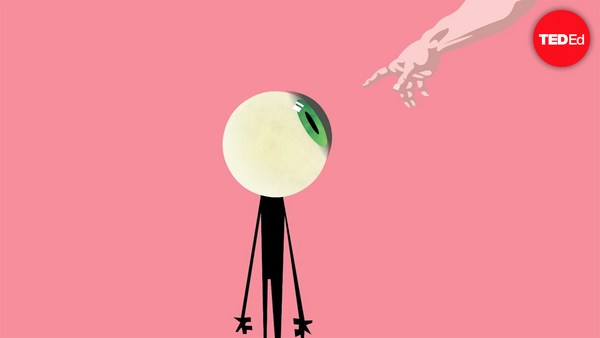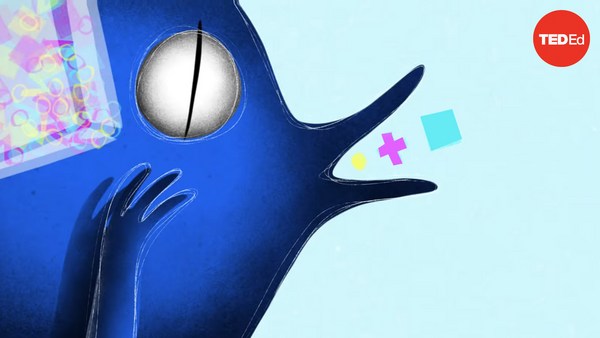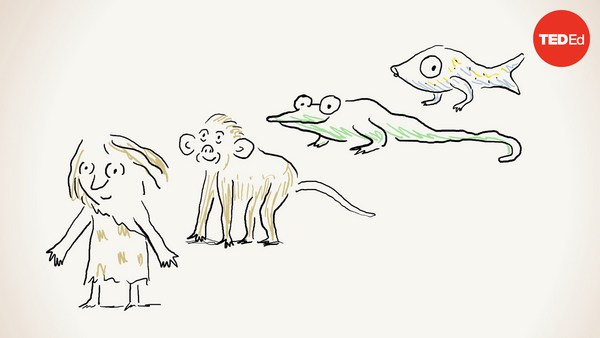In the 1980s, a bonobo named Kanzi learned to communicate with humans to an unprecedented extent— not through speech or gestures, but using a keyboard of abstract symbols representing objects and actions. By pointing to several of these in order, he created sequences to make requests, answer verbal questions from human researchers, and refer to objects that weren’t physically present.
Kanzi’s exploits ignited immediate controversy over one question: had Kanzi learned language?
What we call language is something more specific than communication. Language is about sharing what’s in our minds: stories, opinions, questions, the past or future, imagined times or places, ideas. It is fundamentally open-ended, and can be used to say an unlimited number of things.
Many researchers are convinced that only humans have language, that the calls and gestures other species use to communicate are not language. Each of these calls and gestures generally corresponds to a specific message, for a limited total number of messages that aren’t combined into more complex ideas. For example, a monkey species might have a specific warning call that corresponds to a particular predator, like a snake— but with language, there are countless ways to say “watch out for the snake.” So far no animal communication seems to have the open-endedness of human language. We don’t know for sure what’s going on in animals’ heads, and it's possible this definition of language, or our ways of measuring it, don’t apply to them. But as far as we know, only humans have language. And while humans speak around 7,000 distinct languages, any child can learn any language, indicating that the biological machinery underlying language is common to all of us.
So what does language mean for humanity? What does it allow us to do, and how did we come to have it?
Exactly when we acquired this capacity is still an open question. Chimps and bonobos are our closest living relatives, but the lineage leading to humans split from the other great apes more than four million years ago.
In between, there were many species— all of them now extinct, which makes it very difficult to know if they had language or anything like it. Great apes give one potential clue to the origins of language, though: it may have started as gesture rather than speech. Great apes gesture to each other in the wild much more freely than they vocalize.
Language may have begun to take shape during the Pleistocene, 2 to 3 million years ago, with the emergence of the genus Homo that eventually gave rise to our own species, homo sapiens. Brain size tripled, and bipedalism freed the hands for communication. There may have been a transition from gestural communication to gestural language— from pointing to objects and pantomiming actions— to more efficient, abstract signing.
The abstraction of gestural communication would have removed the need for visuals, setting the stage for a transition to spoken language. That transition would have likely come later, though. Articulate speech depends on a vocal tract of a particular shape. Even our closest ancestors, the Neanderthals and Denisovans, had vocal tracts that were not optimal, though they likely had some vocal capacity, and possibly even language. Only in humans is the vocal tract optimal. Spoken words free the hands for activities such as tool use and transport. So it may have been the emergence of speech, not of language itself, that led to the dominance of our species.
Language is so intimately tied to complex thought, perception, and motor functions that it’s difficult to untangle its biological origins. Some of the biggest mysteries remain: to what extent did language as a capacity shape humanity, and to what extent did humanity shape language? What came first, the vast number of possible scenarios we can envisage, or our ability to share them?


